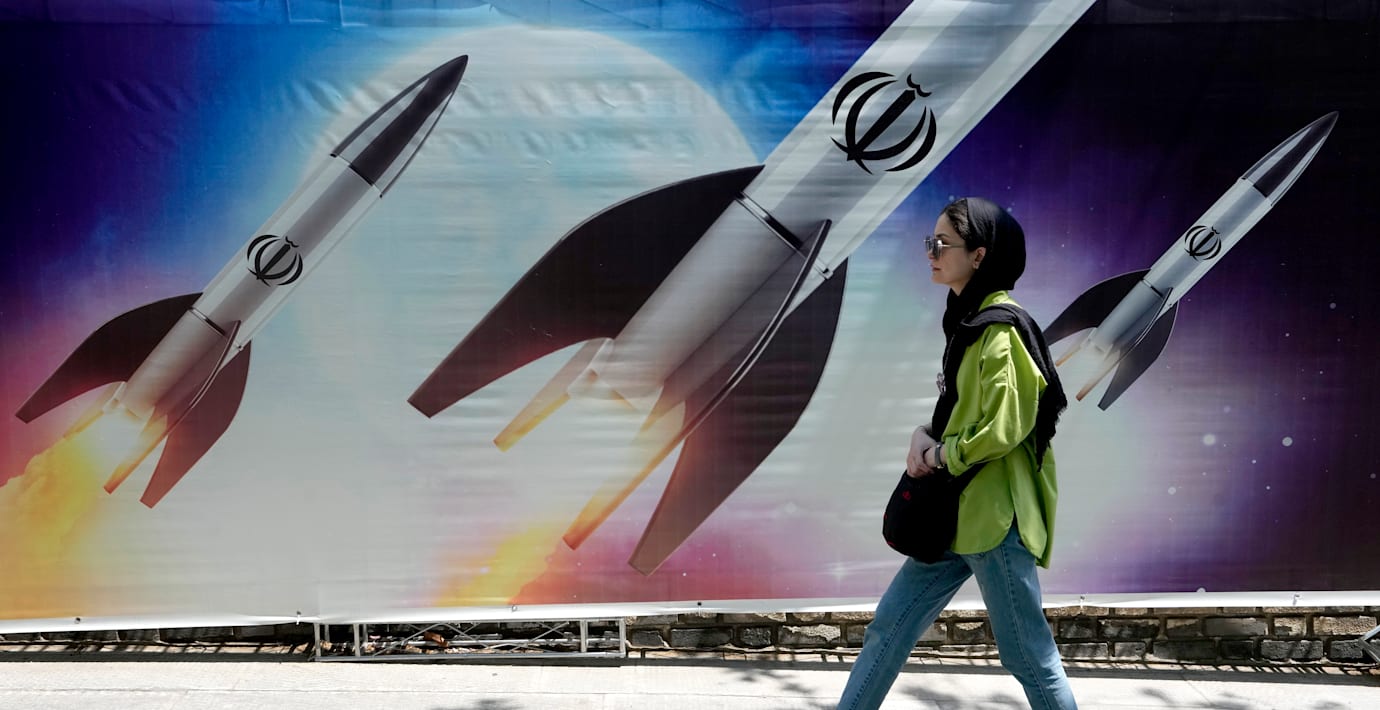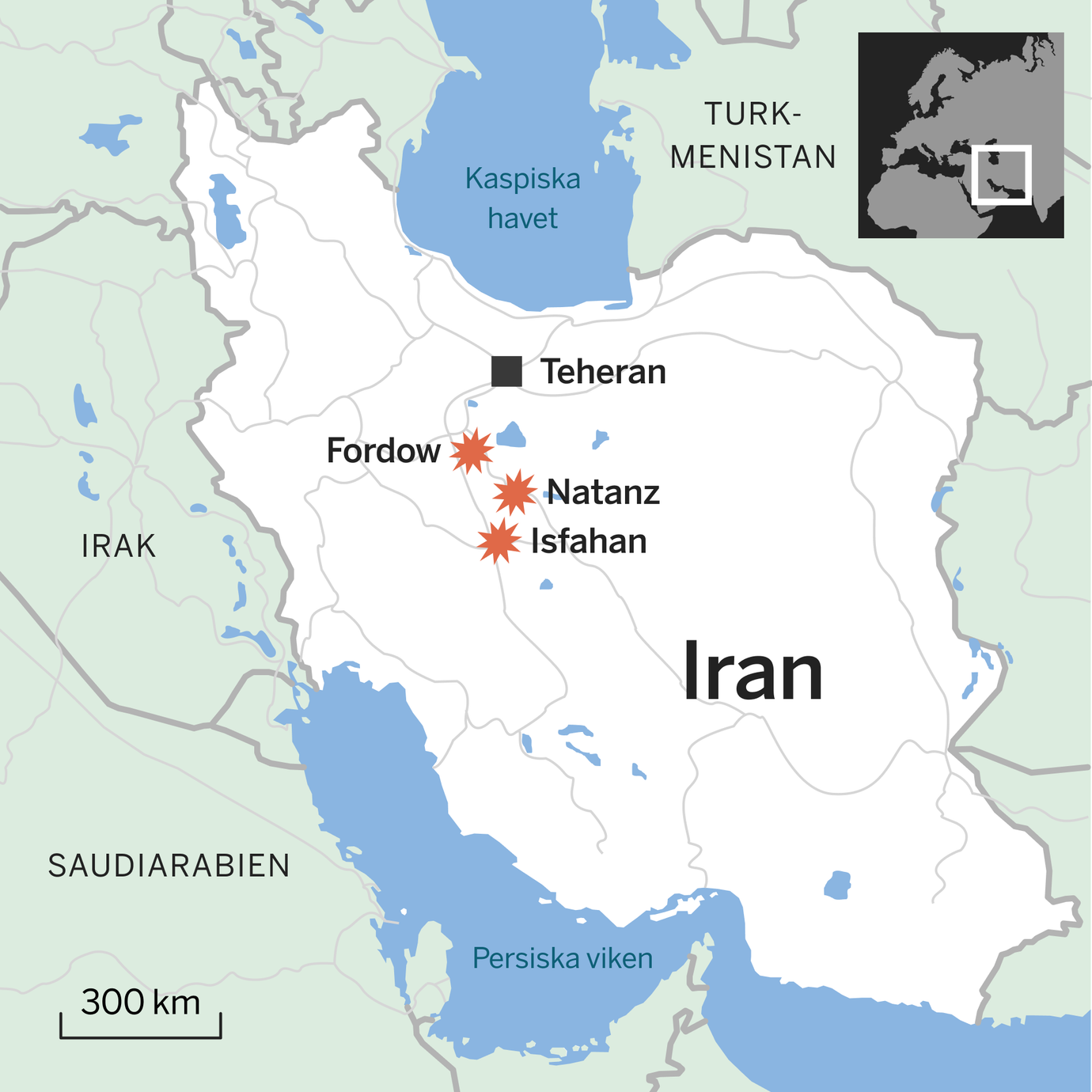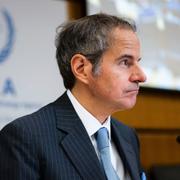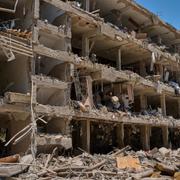bakgrund
Irans kärnenergiprogram
Wikipedia (en)
The nuclear program of Iran is one of the most scrutinized nuclear programs in the world. Although the Iranian government maintains that the purpose is for civilian and peaceful uses, some have claimed that they are covertly developing nuclear weapons, with Israel being the fiercest proponent of this claim. This is a current point of contention in Iran-Israel relations, with an armed conflict currently being waged between the countries over the program.
Iran's nuclear program began in the 1950s under the Pahlavi dynasty with United States support. It expanded in the 1970s with plans for power reactors, paused after the 1979 Iranian Revolution, and resumed secretly during the 1980s Iran–Iraq War. Undeclared enrichment sites at Natanz and Arak were exposed in 2002, and Fordow, an underground fuel enrichment site, was revealed in 2009.
Iran's nuclear program has been a focal point of international scrutiny for decades. In 2003, Iran suspended its formal nuclear weapons program, and claims its program is for peaceful purposes only, yet analysts and the the International Atomic Energy Agency (IAEA) have criticized such claims. As of May 2024 Iran was producing enriched uranium at 60% purity, and was accelerating its nuclear advancements by installing more advanced centrifuges. Estimates suggest that Iran could produce enough weapons-grade uranium for one nuclear bomb within a week and accumulate enough for seven within a month, raising fears that its breakout time has shortened drastically. The destruction of Israel is frequently cited as one of several strategic objectives behind Iran's nuclear ambitions. Concerns include nuclear proliferation, nuclear terrorism, and increased support for terrorism and insurgency.
In response to Iran's nuclear program, the international community imposed sanctions that severely impacted its economy, restricting its oil exports and limiting access to global financial systems. Covert operations such as the Stuxnet cyberattack in 2010 sought to disrupt the program. In 2015, the Joint Comprehensive Plan of Action (JCPOA) was signed, imposing strict limitations on Iran's nuclear program in exchange for sanctions relief. In 2018, the United States withdrew from the agreement, leading to re-imposed sanctions. Since then, Iran's nuclear program has expanded dramatically, with enriched uranium stockpiles exceeding JCPOA limits by tens of times, some nearing weapons-grade purity. According to the IAEA, Iran is "the only non-nuclear-weapon state to produce such material". The US and Iran have engaged in bilateral negotiations since April 2025, aiming to curb Iran's program for sanctions relief, though Iran's leaders have refused to stop enriching uranium. In October 2023, an IAEA report estimated Iran had increased its uranium stockpile 22 times over the 2015 agreed JCPOA limit. In the last months of the Biden administration, new intelligence persuaded US officials that Iran was exploring a gun-type fission weapon, a cruder design that could enable Iran to manufacture a nuclear weapon, undeliverable by missile, in a matter of months.
On 12 June 2025, the IAEA found Iran non-compliant with its nuclear obligations for the first time in 20 years. Iran retaliated by launching a new enrichment site and installing advanced centrifuges. One day later, Israel launched coordinated strikes across Iran, targeting nuclear facilities and damaging Natanz and other sites.





